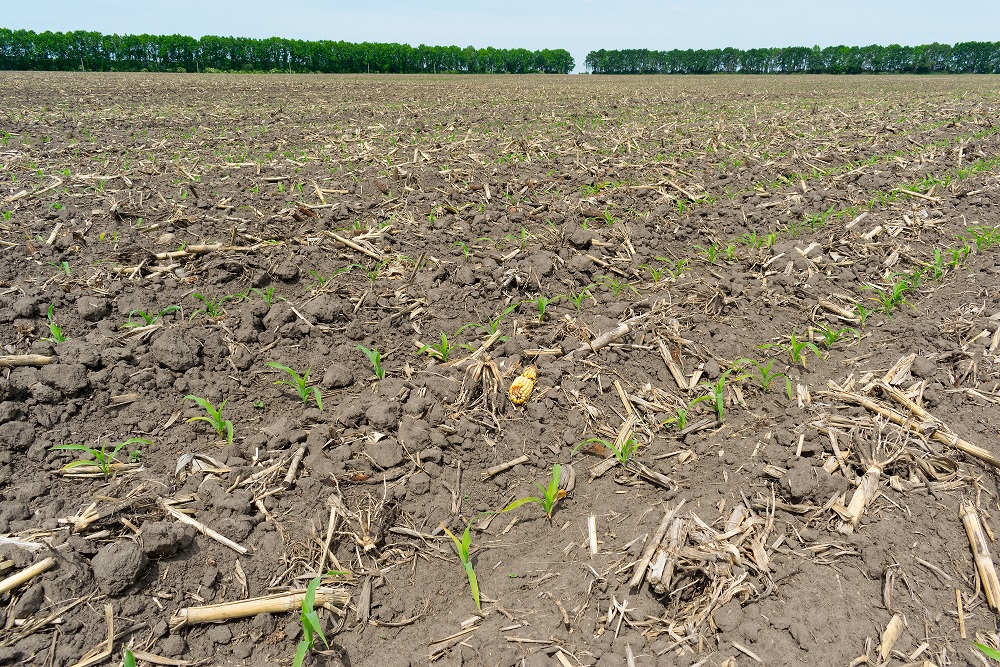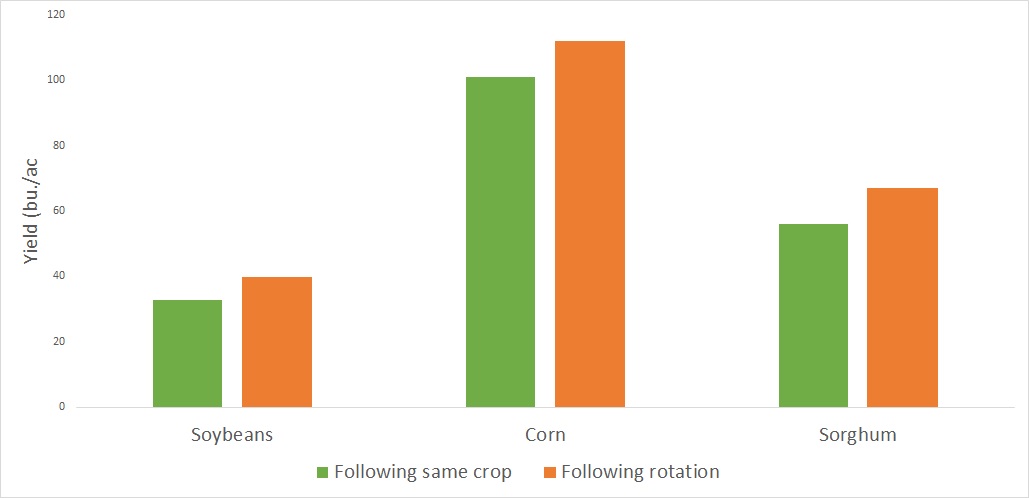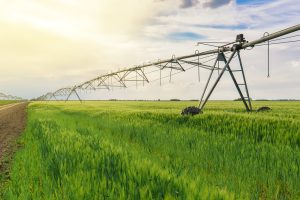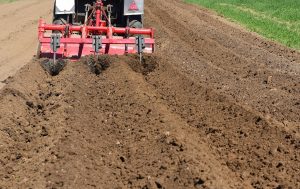In recent years, there has been a growing interest in regenerative agriculture, a holistic approach to farming that seeks to restore and revitalize the land while improving crop yields and overall farm profitability. Regenerative agriculture is not just a...
In recent years, there has been a growing interest in regenerative agriculture, a holistic approach to farming that seeks to restore and revitalize the land while improving crop yields and overall farm profitability. Regenerative agriculture is not just a buzzword; it represents a fundamental shift in the way we view and practice farming. In this article, we’ll take a closer look into what regenerative agriculture means for farmers, the challenges they face in transitioning to this approach, and the numerous benefits that make it a promising path for the future of agriculture.
Understanding Regenerative Agriculture
Regenerative agriculture focuses on improving soil health, increasing biodiversity, and supporting natural ecosystem benefits while mitigating climate change. At its core, it’s about working with nature, rather than against it, to achieve sustainable and resilient food production. Regenerative farmers adopt a range of practices, such as cover cropping, crop rotation, reduced tillage, and diverse planting, to regenerate the soil and promote natural systems within their farms.
What’s in It for Farmers?
Improved soil health: Regenerative practices prioritize soil health, which is the foundation of successful farming. Healthy soil retains moisture better, has improved nutrient availability, and is more resistant to erosion. This means increased crop yields and reduced inputs like fertilizers and pesticides.
Enhanced resilience: As the effects of climate change become more pronounced, regenerative agriculture offers resilience to extreme weather conditions. Healthy soil can absorb and retain water more effectively, helping crops withstand droughts and floods.
Cost savings: Regenerative farming often reduces the need for expensive inputs like synthetic fertilizers and pesticides. By building fertile, self-sustaining soil, farmers can cut costs significantly.
Biodiversity: Regenerative practices encourage biodiversity by attracting beneficial insects and wildlife that can help control pests and reduce the need for chemical interventions.
Key Practices of Regenerative Agriculture
Soil Management Techniques
No-Till or reduced tillage: One of the fundamental principles of regenerative agriculture is minimizing or eliminating tillage. Excessive or deep plowing disrupts the soil structure, releases stored carbon, and can lead to erosion. No-till or reduced-tillage practices help maintain soil integrity, minimize soil disturbance, and prevent carbon loss.
Cover cropping: Cover crops are strategically planted in between cash crops or during fallow periods. These plants help protect the soil from erosion, suppress weeds, and improve soil health by adding organic matter. Cover crops also support biodiversity and provide habitat for beneficial insects.
Crop rotation: Crop rotation is a time-tested practice in regenerative agriculture. It involves alternating the types of crops grown in a particular field over different seasons. This helps break pest and disease cycles, enhance soil fertility, and reduce the need for chemical inputs.
Soil Health and Nutrient Management
Soil testing and monitoring: Regular soil testing and monitoring help farmers make informed decisions about nutrient management and soil health. By understanding the specific needs of their soil, farmers can tailor their practices accordingly.
Compost and organic amendments: Regenerative farmers prioritize the use of organic matter, such as compost, manure, and other natural amendments, to enhance soil fertility and microbial activity. These organic materials replenish nutrients and improve soil structure.
Natural Pest Management
Biological control: Utilizing natural predators or parasites to manage pest populations.
Natural pest and disease management: Regenerative agriculture promotes natural pest and disease management techniques, such as fostering beneficial insect populations, using trap crops, and practicing crop diversity to reduce the reliance on chemical pesticides.
Sustainable Water Management
Water Conservation Practices: Implementing methods like mulching, rainwater harvesting, and drought-resistant crops to reduce water usage.
Efficient Irrigation Techniques: Irrigation optimization is crucial in regenerative agriculture. Proper water management helps conserve this resource and ensures its availability for crops. For example, drip irrigation systems allow to deliver water directly to plant roots, reducing waste and evaporation.
Agroecological Practices
Agroforestry and windbreaks: Integrating trees and shrubs into agricultural landscapes provides numerous benefits, including wind protection, erosion control, enhanced biodiversity, and potential additional income from timber or fruits.
Integrating livestock: Some regenerative systems incorporate livestock, such as cattle or sheep, into crop rotations. This integration provides opportunities for nutrient cycling, as livestock graze on cover crops or crop residues, contributing organic matter and fostering healthier soil.
Strategic Farm Planning
Regenerative planning: Developing a holistic farm plan based on regenerative principles and unique farm characteristics.
Continuous improvement and adaptation: Regularly reviewing and adapting practices to respond to changing conditions and new insights.
Challenges in Transitioning to Regenerative Agriculture
While the benefits of regenerative agriculture are clear, the transition from conventional farming practices can be challenging for many farmers.
Initial investment: Adopting regenerative practices often requires an initial investment in equipment and infrastructure. This can be a barrier for farmers with limited resources.
Learning curve: Shifting from traditional methods to regenerative practices can be a steep learning curve. Farmers need to acquire new knowledge and adapt their techniques.
Short-term yields: Some regenerative practices may lead to slightly lower yields in the short term as the soil is regenerated. This can be a concern for farmers who rely on a consistent income.
Resistance to change: Farmers may face resistance from within their communities or markets, where conventional practices are deeply entrenched.
Market access: Accessing markets that appreciate and pay premiums for regeneratively grown products can be a challenge, especially for small-scale farmers.
Broader Benefits of Regenerative Agriculture
Carbon sequestration and climate change mitigation: One of the critical benefits of regenerative agriculture is its potential to sequester carbon dioxide from the atmosphere. Healthier soils trap more carbon, contributing to climate change mitigation.
Long-term sustainability: Regenerative agriculture is about building a sustainable future for farming. By nurturing the land, farmers can continue to produce food for generations to come.
Reduced environmental impact: Regenerative farming practices help reduce the runoff of pollutants into water bodies and minimize soil erosion, preventing environmental damage.
Healthier food: Regeneratively grown food often contains higher levels of nutrients and fewer chemical residues, making it healthier for consumers.
Conclusion
Regenerative agriculture holds the promise of a more sustainable, resilient, and environmentally friendly future for farming. While transitioning to regenerative practices may present challenges for farmers, the long-term benefits far outweigh the initial hurdles. It offers improved soil health, cost savings, climate change mitigation, and a brighter future for both farmers and consumers. As more farmers embrace regenerative agriculture, the movement toward a more sustainable food system gains momentum, providing hope for a healthier planet and a thriving agricultural sector.
Modern tools like yieldsApp can be incorporated to efficiently manage and enhance regenerative farming practices, ensuring sustainable productivity and growth.
The post Regenerative Agriculture: A Strategic Approach for Farming first appeared on Cropaia.













